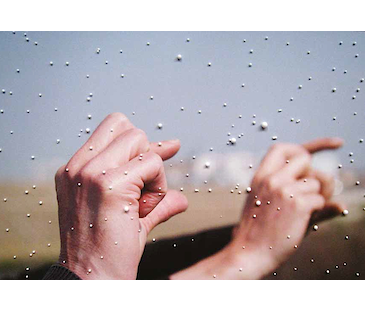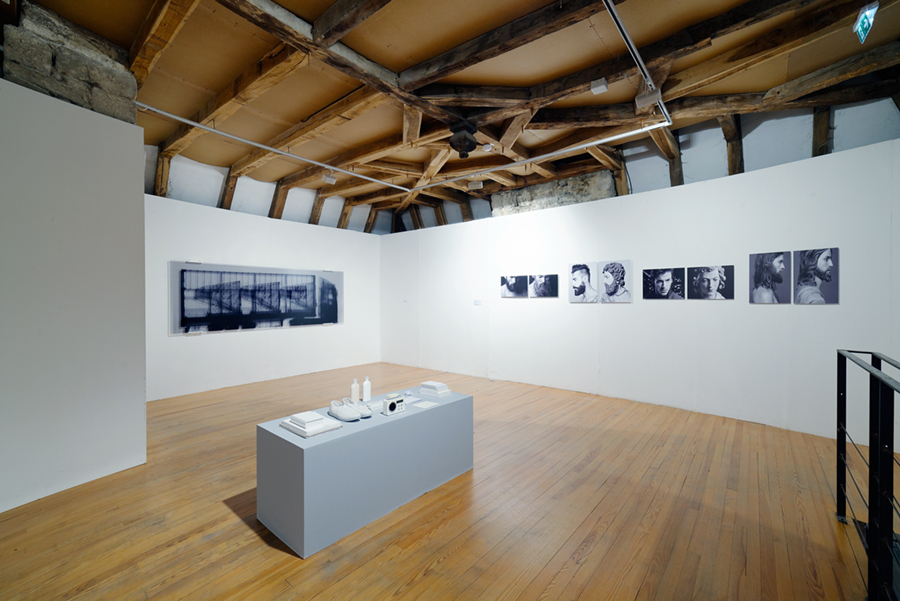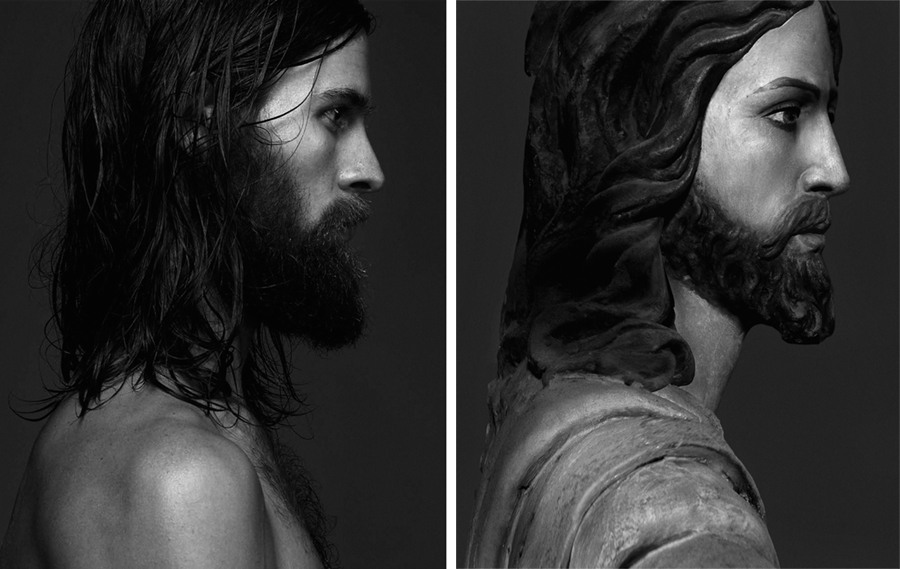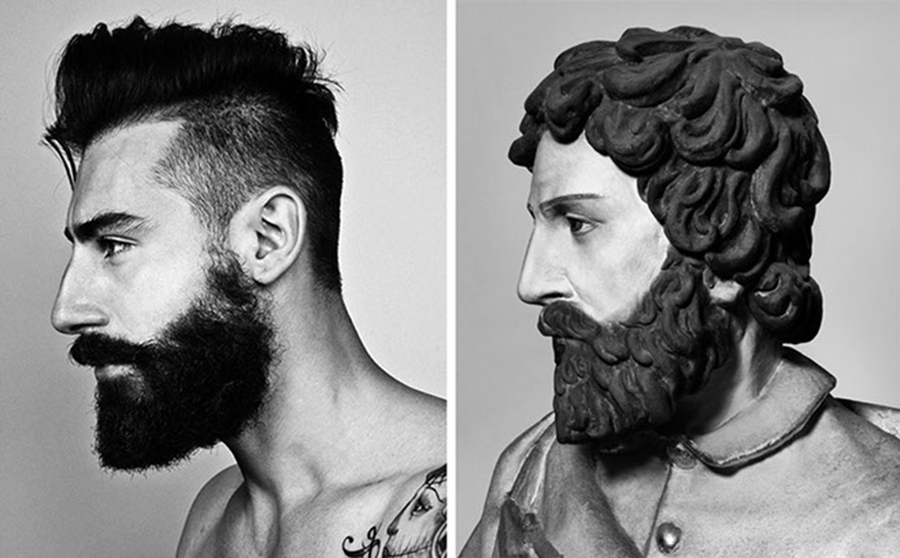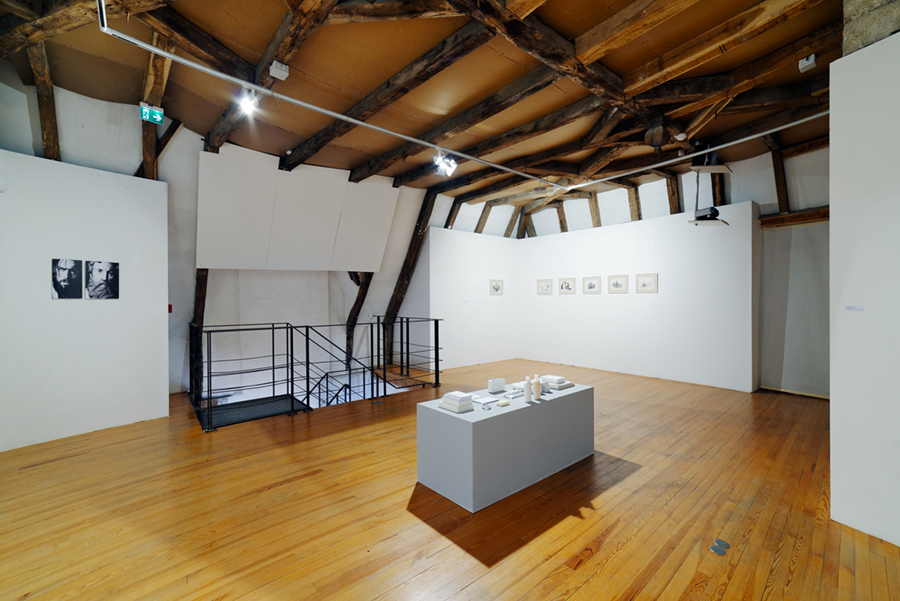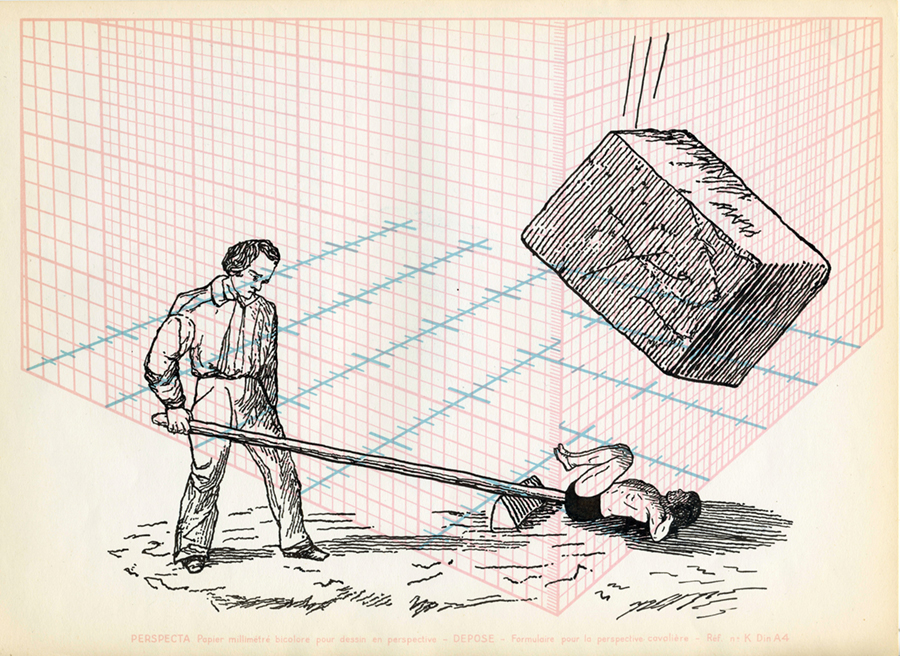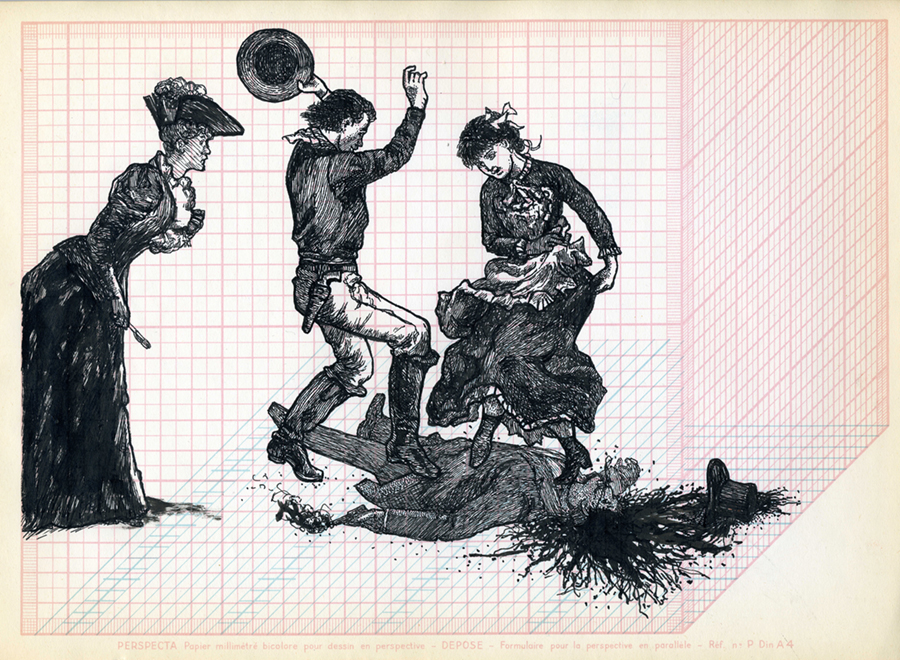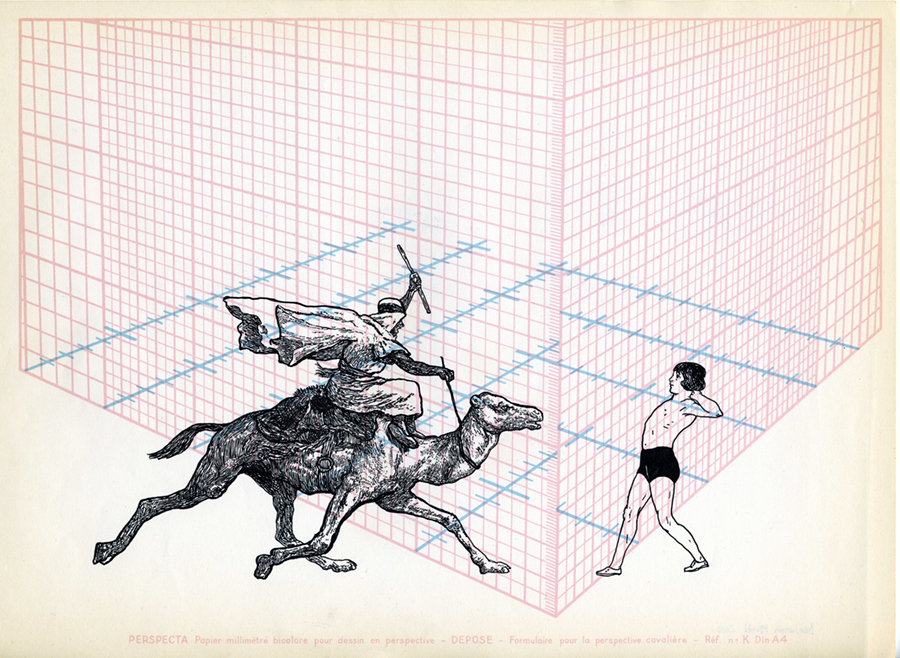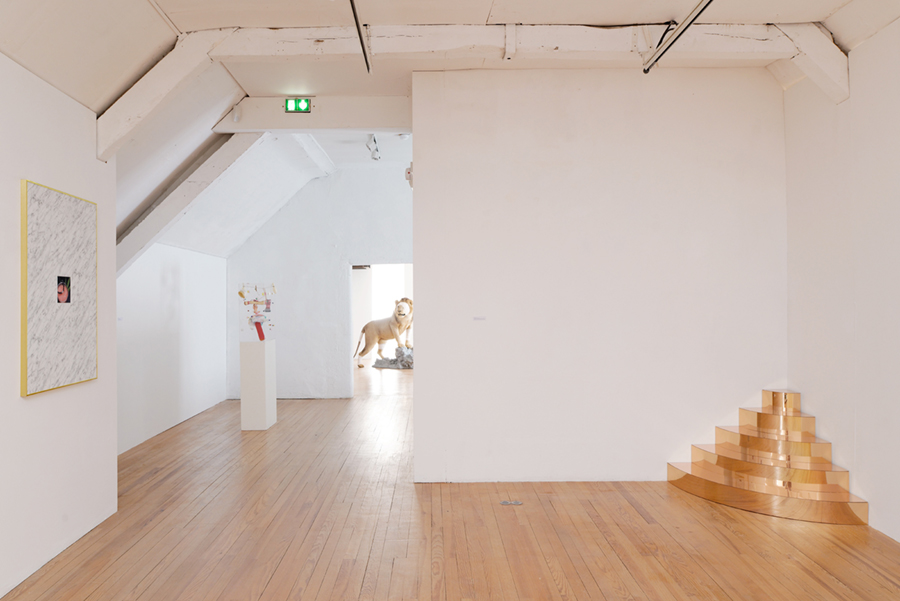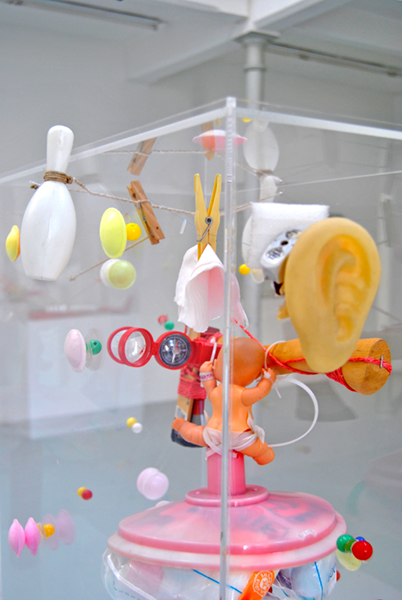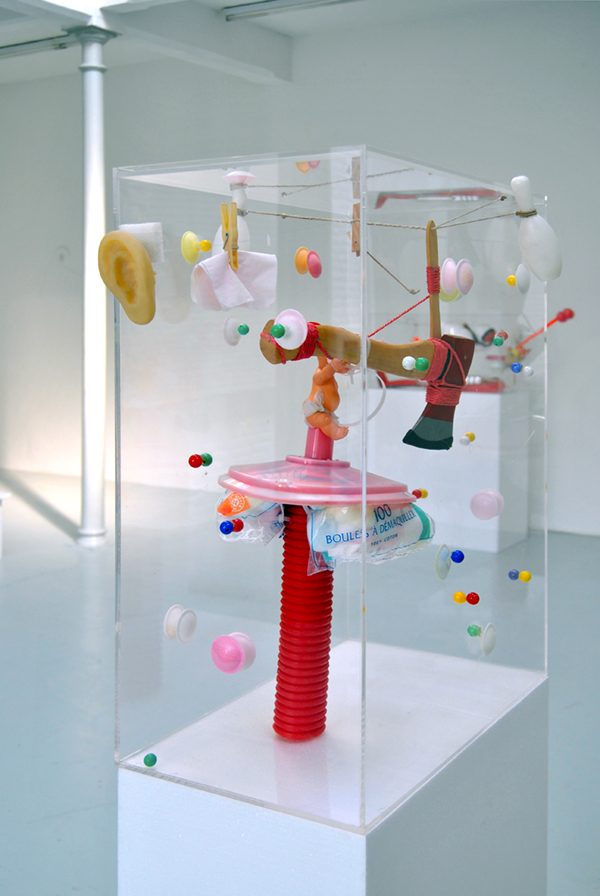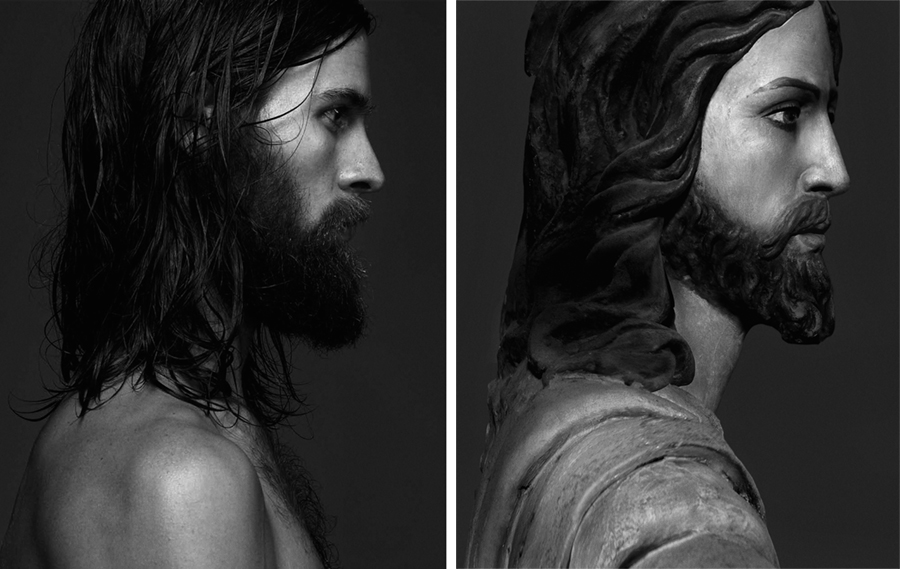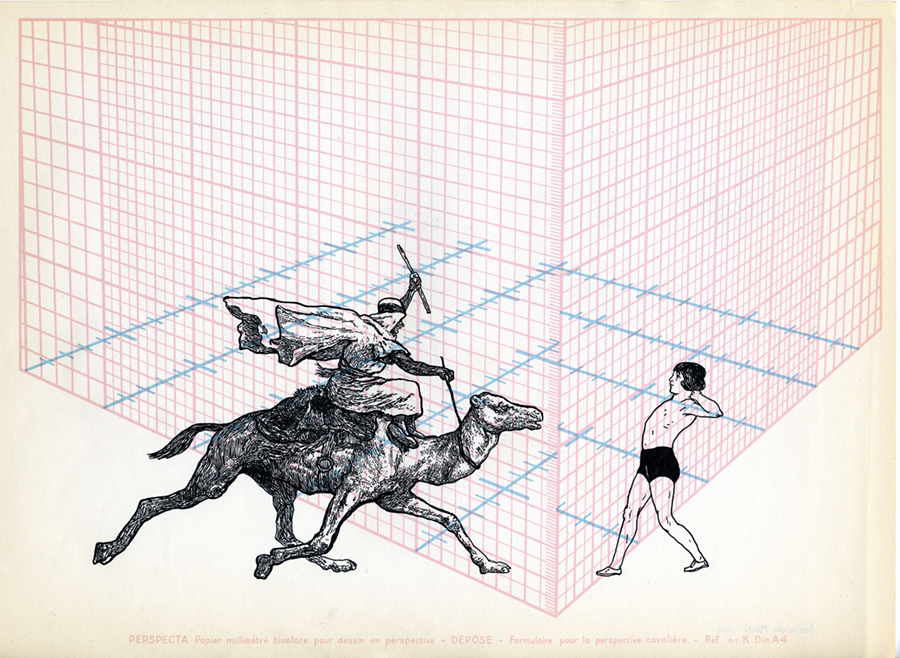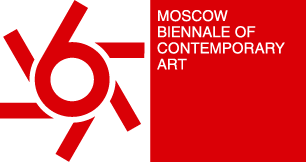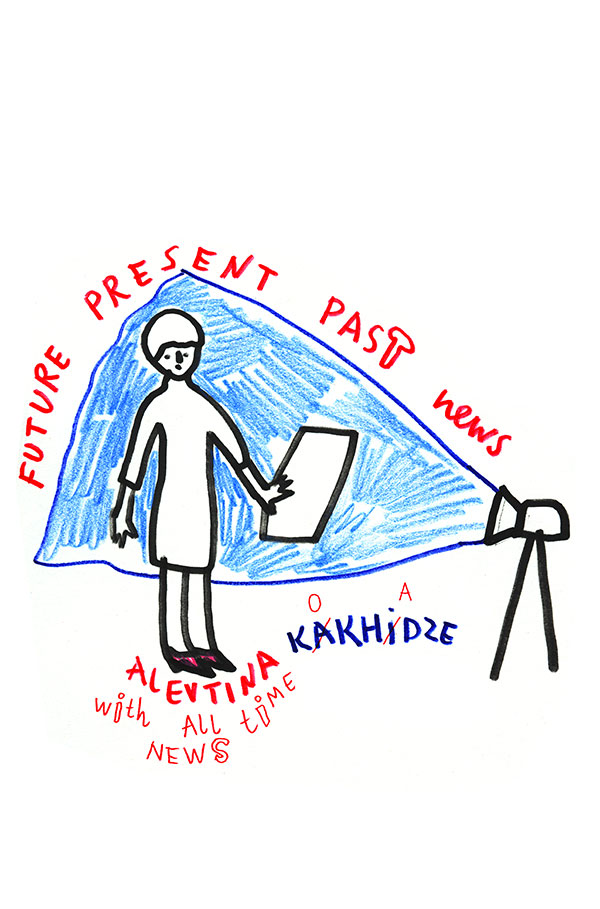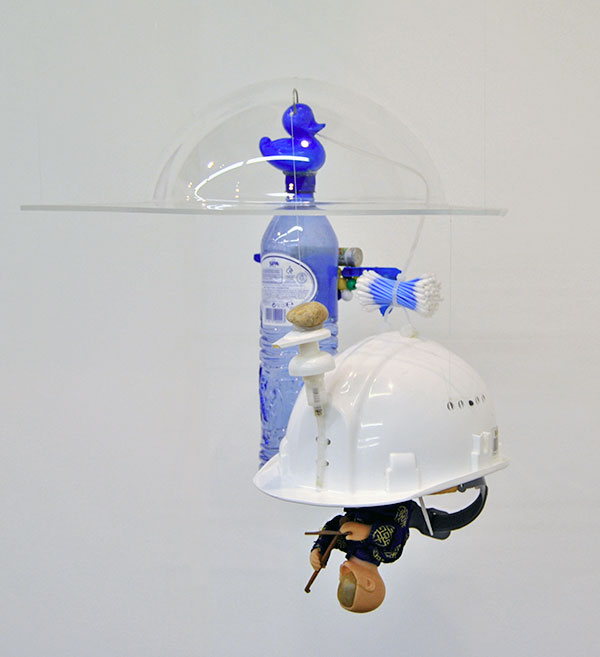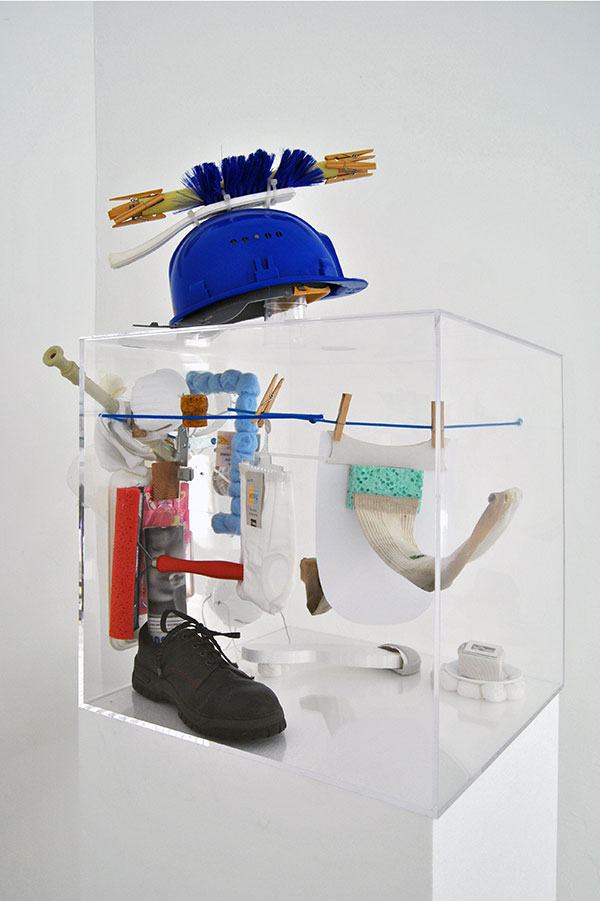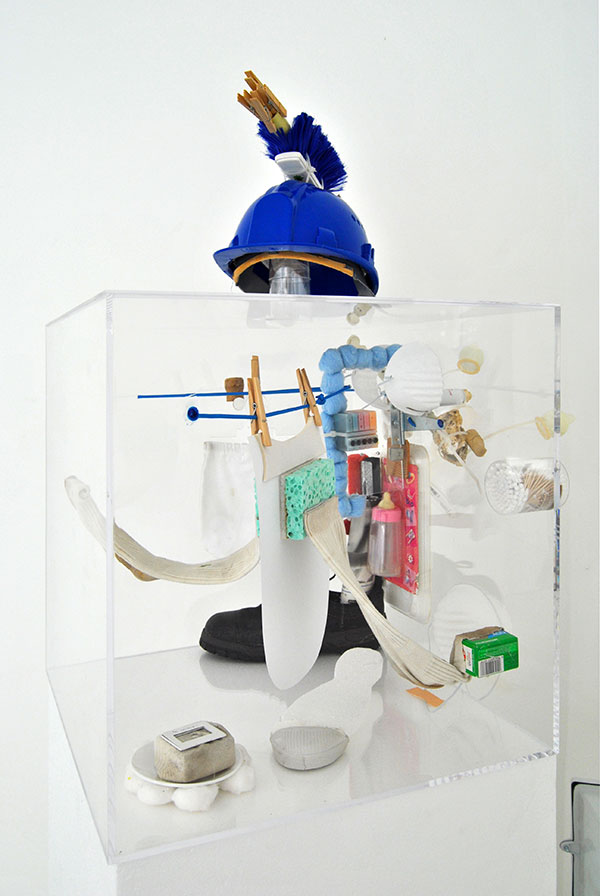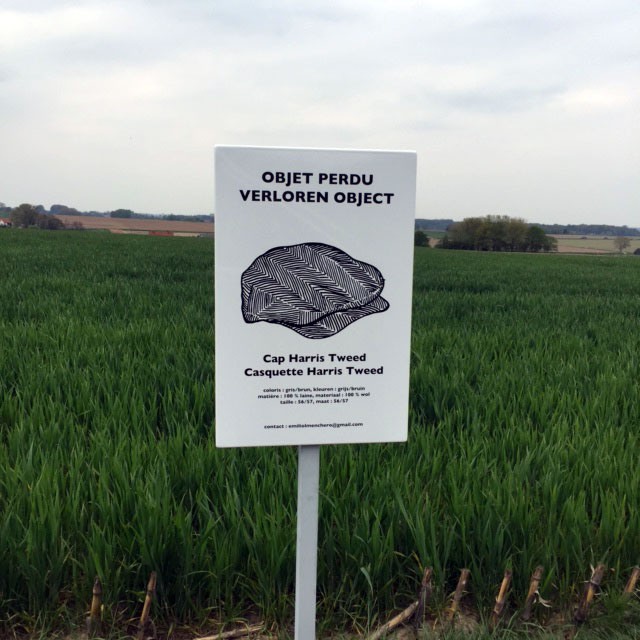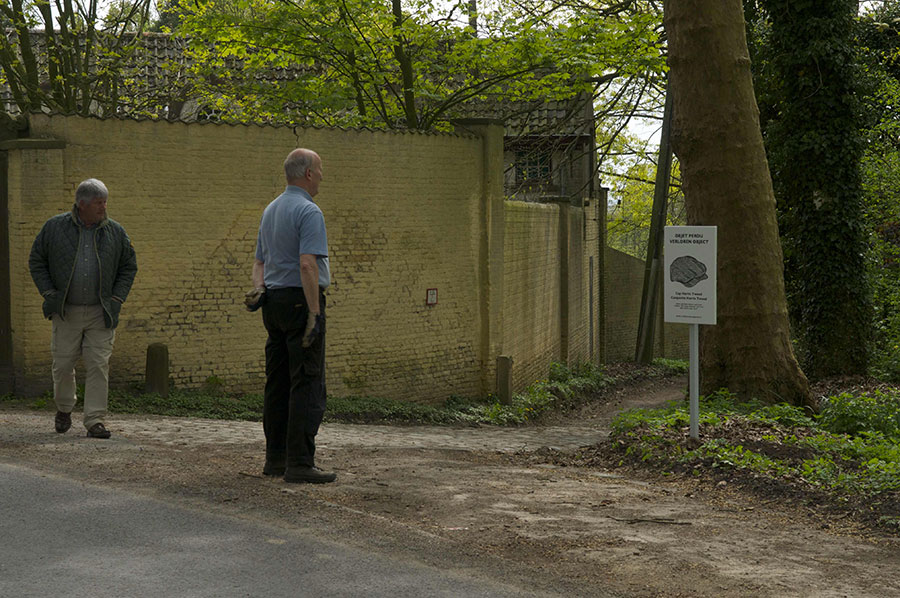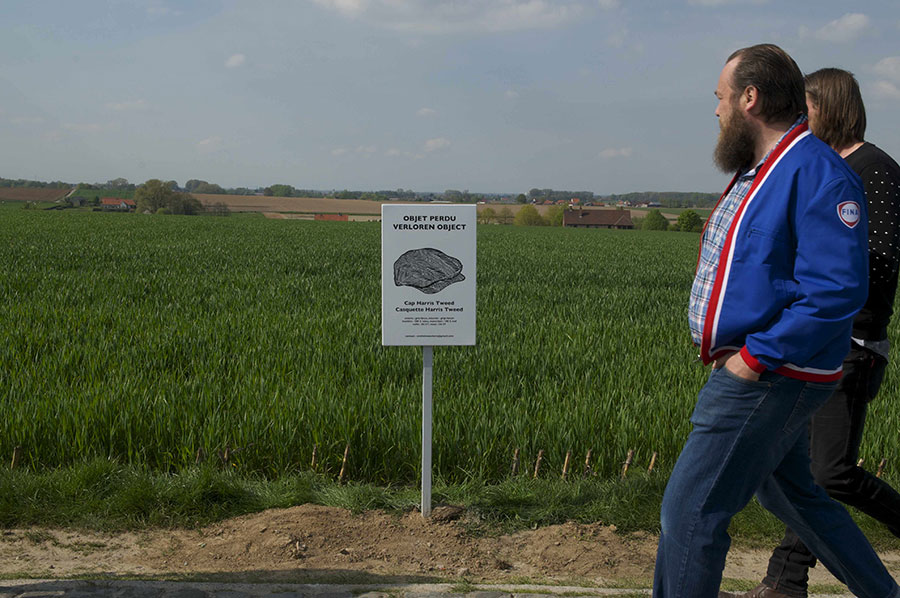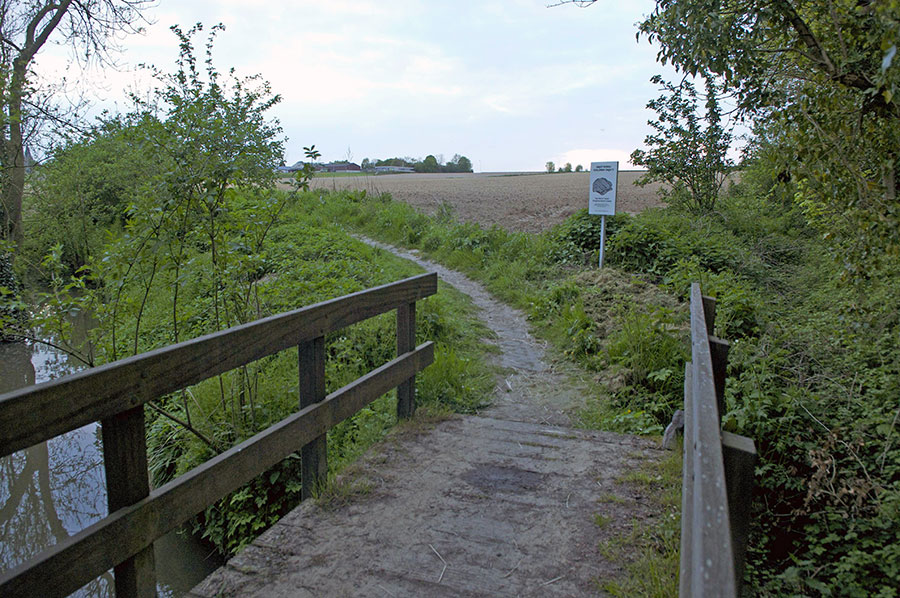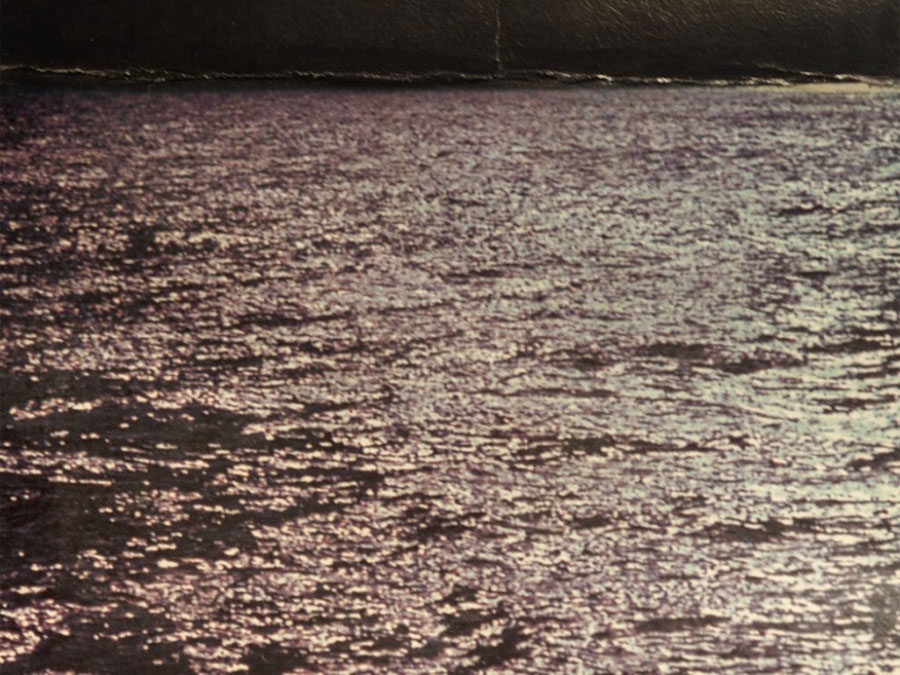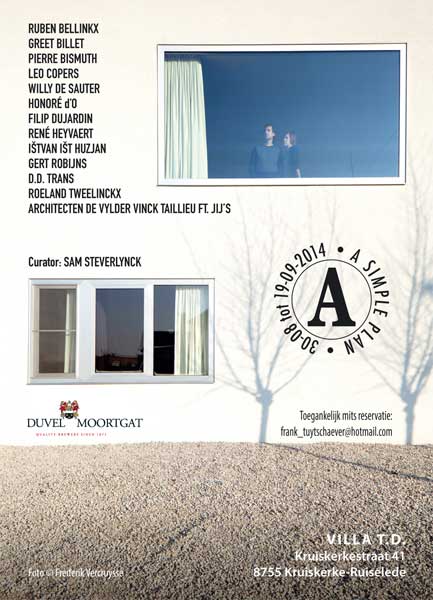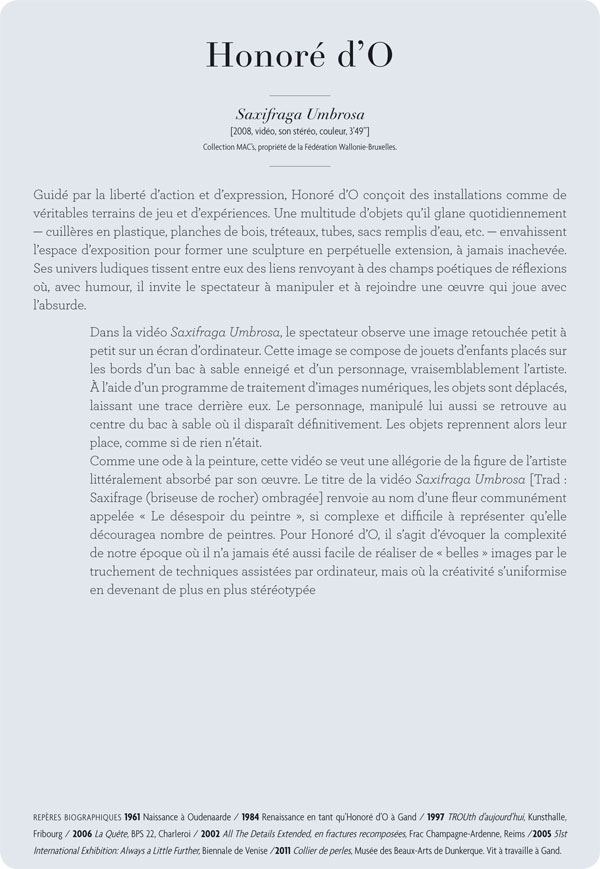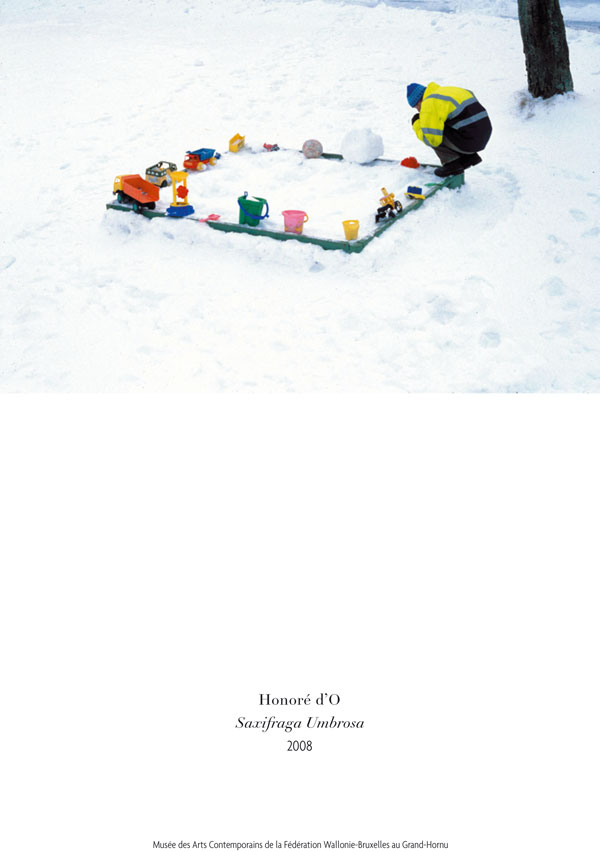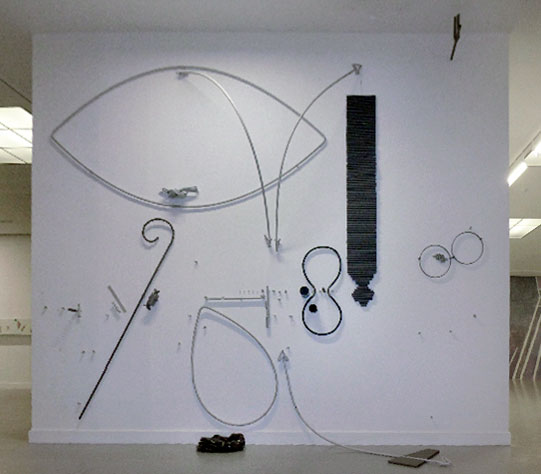Honoré δ’O est l’invité de MuZee à Ostende, pour un solo, que l’artiste intitule : Holy Molecule.
Du 16 avril au 4 septembre 2016
Vernissage le 16 avril à 15h
Dans cette exposition, Honoré δ’O jette un regard rétrospectif sur l’œuvre qu’il a érigée depuis le milieu des années 1980. « Holy Molecule » met à l’honneur plusieurs œuvres clés de sa riche collection. Pour les réaliser, il a utilisé des matériaux industriels contemporains – polystyrène, PVC, ouate, plastique, masques anti-poussière et billes – qui donnent forme à un flux de pensées ininterrompu.
Une perle en polystyrène se compose à 98 % d’air et est un parfait isolant. Le matériau est pur, blanc immaculé, anonyme et durable, car parfaitement recyclable. Bref, ses qualités sont tout sauf artistiques. Pour Honoré δ’O, il s’agit de l’anti-matériau par excellence, qui lui permet d’exprimer avec la matière quelque chose de pourtant immatériel. La légèreté stérile, quasi insupportable du matériau ouvre un nouveau monde de possibilités, qui stimule la pensée.
L’artiste transforme ce qui nous entoure au quotidien et qui reste trop souvent invisible en de merveilleux objets d’art, qui s’inscrivent dans un plus grand récit spatial. Dans cette exposition, il met en scène de nombreux petits récits de création, qui nous mènent à l’essence de la création. Avec « Holy Molecule », Honoré δ’O offre un refuge à la pensée, un lieu où l’art et les documents se mêlent aux mots, aux concepts, aux pensées et aux phrases. Cette exposition décrit un cycle complet, un parcours, une carrière, un organe de croissance, d’essor et de fugacité, le tissu de liens d’un artiste unique, qui transporte à coup sûr le spectateur dans son histoire.
In this exhibition, Honoré δ’O looks back at an oeuvre built up since the mid-1980s. ‘Holy Molecule’ highlights a number of key works from the rich body of work produced by this artist. These works make use of contemporary industrial materials – Styrofoam, PVC, cotton balls, plastic, dust masks and marbles – to give shape to a perpetually flowing stream of thought.
A pearl made from Styrofoam contains 98% air, and is the best form of insulation material imaginable. The material is pure, whiter than white, anonymous and – due to its outstanding recyclable properties – even sustainable. Briefly put: Styrofoam has everything but artistic potential. This provided Honoré δ’O with the anti-material par excellence that would enable him to use a material to express something non-material. The sterile, almost unbearable lightness of the material opens up a new world to us, in which our thought processes are triggered.
Everything that surrounds us in our everyday existence, and all too often remains invisible, is transformed by this artist into astonishing works of art that form part of a spatial and greater history. In this exhibition he presents numerous creation myths that lead us towards the essence of creation. With ’Holy Molecule’ Honoré δ’O creates a sanctuary for the mind, a place where art and documents merge with words, concepts, thoughts and phrases. This exhibition describes a cycle come full circle, a career, an organ of growth, flowering and transience, a fabric of intricate connections produced by a unique artist who invites the beholder to join him on a journey of his creation.
Honoré δ’O blikt in deze tentoonstelling terug op een oeuvre dat hij sinds midden jaren 80 heeft opgebouwd. In ‘Holy Molecule’ wordt een aantal sleutelwerken uit het rijke oeuvre van de kunstenaar gelicht. Daarvoor maakt hij gebruik van eigentijdse industriële materialen – piepschuim, pvc, watten, plastic, stofmaskers en knikkers – die vormgeven aan een niet-aflatende gedachtestroom.
Een piepschuimen parel bestaat voor 98% uit lucht en isoleert als de beste. Het materiaal is puur, zuiver wit, anoniem en duurzaam want perfect recycleerbaar. Kortom, piepschuim heeft allesbehalve artistieke kwaliteiten. Voor Honoré δ’O is het de antimaterie bij uitstek. Het stelt hem in staat om met materie toch iets niet-materieels uit te drukken. De steriele, bijna ondraaglijke lichtheid van de materie opent een nieuwe wereld, waarin het denken getriggerd wordt.
Wat ons dagelijks omringt en al te vaak onzichtbaar blijft, transformeert deze kunstenaar tot wonderbaarlijke kunstobjecten die deel uitmaken van een ruimtelijk en groter verhaal. In deze tentoonstelling voert hij tal van scheppingsverhalen op, die ons leiden naar de essentie van de creatie. Met ‘Holy Molecule’ creëert Honoré δ’O een vrijplaats voor het denken, een plek waar kunst en documenten versmelten met woorden, begrippen, gedachten en zinnen. Deze tentoonstelling beschrijft een volledige cyclus, een loopbaan, een carrière, een orgaan van groei, bloei en vergankelijkheid, een weefsel van verbanden van een uniek kunstenaar die de toeschouwer steeds meeneemt in zijn verhaal.
[sociallinkz]
